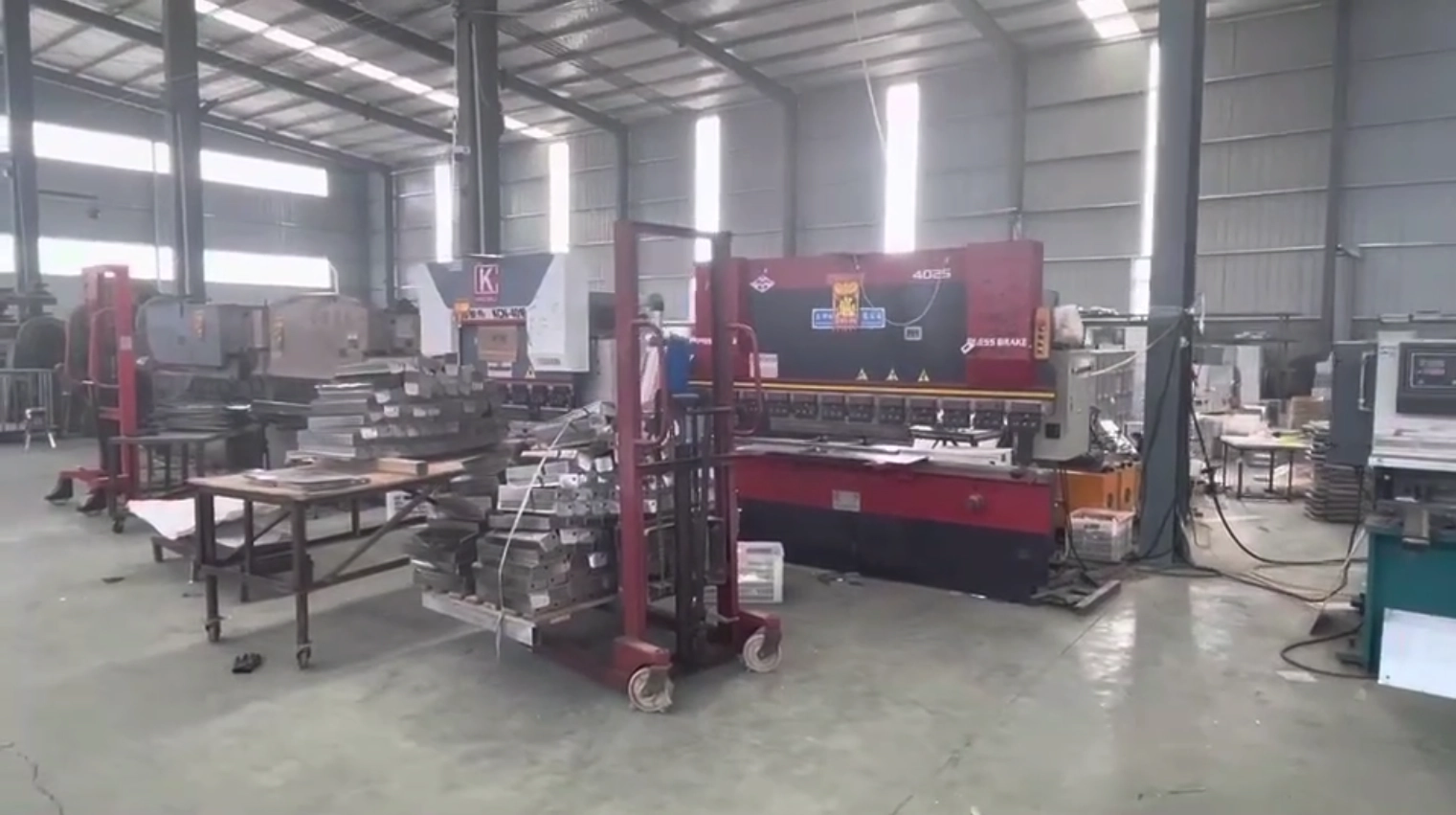◉ NEWS
HIGH-QUALITY, EFFICIENT, AND ATTENTIVE SERVICE TO USERS
30
2024
-
01
Maintenance methods for castables
Castables are mainly used for the lining of various industrial kilns and other integral structures.
Castables are mainly used for the lining of various industrial kilns and other integral structures. Certain high-quality varieties can also be used in smelting furnaces. Such as aluminate cement refractory castables can be widely used in a variety of heating furnaces and other non-slag, no acid and alkali erosion of thermal equipment, and refractory castables are the main varieties of indefinite refractories, according to the use of different binder, the maintenance of its molding mechanism can be divided into water-hardening, air-hardening and fire-hardening of three kinds.
1, water-hardening refractory castables: cement as binder castables in the hardening process requires water to participate in the chemical reaction, the formation of cementation hardening strength, are water-hardening refractory castables. Cement is the main factor to determine the strength of the castables (especially the room temperature strength), but its refractoriness is relatively low, so the amount of cement should be minimized as much as possible after ensuring the necessary room temperature strength. If in order to compactness and ease of construction needs, can be appropriate to increase the refractory powder. Reducing the amount of cement is also one of the measures to reduce the cost. In the construction should strictly prevent the mixing of aluminate cement with silicate cement and lime. Because these two kinds of different chemical composition of the material will produce water-containing tricalcium aluminate after mixing, so that the strength is greatly reduced.
2, air-hardened refractory castables: refers to its binder in the maintenance to absorb CO2 in the air and gradually solidify and harden. Refractory castables commonly used in water glass refractory concrete. In addition to its high temperature resistance, water-glass refractory castables are acid- and abrasion-resistant, and are therefore often used as linings for chemical equipment. Water-glass refractory castables harden slowly under natural conditions and require the addition of coagulants (sodium fluosilicate, high alumina cement, etc.) during construction.
3、Fire-hard refractory castables: the castables with phosphoric acid and phosphate as binder need to be heated and baked to get strength and high temperature performance, so it is called fire-hard refractory castables.
1, such as aluminate cement refractory castables can be widely used in various heating furnaces and other non-slag, non-acid and alkali erosion of thermal equipment. In the iron, steel and slag erosion and working temperature and high parts, such as out of the steel tank, steel barrels and blast furnace body, out of the iron ditch, etc., can be used by the low-calcium and pure high alumina cement combined with high alumina and sintered good quality granular and powder material made of refractory castables.
2、Phosphate refractory castables can be widely used in both heating furnace and heating metal in the even heat furnace, can also be used in coking furnace, cement kiln in direct contact with the material parts. In some parts of metallurgical furnaces and other containers which are in direct contact with slag and molten metal, the use of high-quality phosphate refractory castables for repair also has good effect. In some working temperature is not very high but need to wear-resistant parts, the use of phosphate refractory castables is more appropriate. If you choose corundum refractory materials made of refractory castables, in the reduction of the atmosphere used in general have better results.
3, refractory castables in the maintenance, available wet sacks or wet mats cover the surface of the refractory castables and timely sprinkling to maintain a moist state, for the parts that are not convenient to cover (such as the standing wall, the top wall) can be used to spray sprayer in the surface of the castables spraying oxygen protection, maintenance time of not less than 2d, and the days should be chine wine and water. Maintenance system and refractory castables bonding agent type related. Production if the maintenance time is shortened, or no maintenance at all, often resulting in the next step of the baking out of the problem.
4, as the thermal equipment lining and furnace body, generally should be baked before the next use, in order to make the physical water and water of crystallization gradually excluded, to achieve a certain degree of sintering, so that its volume and certain properties to use the stable state, baking system has a great impact on the service life.
5, the use of high purity, high density raw materials, can reduce the content of soluble alkali metals, such as refractory bauxite aggregate try to use rotary kiln calcined, less impurity, high bulk density, or use dense corundum as aggregate, and for the raw materials not calcined in the impurity content of strict control, while as little as possible to control the amount of addition.
6, in the choice of admixtures, we generally use lignin calcium salt and sodium salt, which makes the casting material of alkali metal increase, accelerated hydration decomposition, so when we are choosing admixtures, we must be reasonable application of the composition and content of admixtures.
7、When constructing, we must control the amount of water to avoid turbid water or more impurities.
8, in the construction, can be first into the body of the low-temperature kiln for drying after demolding, is the body of the 36h of. Good maintenance period of oxidation, so that its strength up to standard.
Maintenance methods for castables
2024-01-30
Castables are mainly used for the lining of various industrial kilns and other integral structures. Certain high-quality varieties can also be used in smelting furnaces. Such as aluminate cement refractory castables can be widely used in a variety of heating furnaces and other non-slag, no acid and alkali erosion of thermal equipment, and refractory castables are the main varieties of indefinite refractories, according to the use of different binder, the maintenance of its molding mechanism can be divided into water-hardening, air-hardening and fire-hardening of three kinds.
1, water-hardening refractory castables: cement as binder castables in the hardening process requires water to participate in the chemical reaction, the formation of cementation hardening strength, are water-hardening refractory castables. Cement is the main factor to determine the strength of the castables (especially the room temperature strength), but its refractoriness is relatively low, so the amount of cement should be minimized as much as possible after ensuring the necessary room temperature strength. If in order to compactness and ease of construction needs, can be appropriate to increase the refractory powder. Reducing the amount of cement is also one of the measures to reduce the cost. In the construction should strictly prevent the mixing of aluminate cement with silicate cement and lime. Because these two kinds of different chemical composition of the material will produce water-containing tricalcium aluminate after mixing, so that the strength is greatly reduced.
2, air-hardened refractory castables: refers to its binder in the maintenance to absorb CO2 in the air and gradually solidify and harden. Refractory castables commonly used in water glass refractory concrete. In addition to its high temperature resistance, water-glass refractory castables are acid- and abrasion-resistant, and are therefore often used as linings for chemical equipment. Water-glass refractory castables harden slowly under natural conditions and require the addition of coagulants (sodium fluosilicate, high alumina cement, etc.) during construction.
3、Fire-hard refractory castables: the castables with phosphoric acid and phosphate as binder need to be heated and baked to get strength and high temperature performance, so it is called fire-hard refractory castables.
1, such as aluminate cement refractory castables can be widely used in various heating furnaces and other non-slag, non-acid and alkali erosion of thermal equipment. In the iron, steel and slag erosion and working temperature and high parts, such as out of the steel tank, steel barrels and blast furnace body, out of the iron ditch, etc., can be used by the low-calcium and pure high alumina cement combined with high alumina and sintered good quality granular and powder material made of refractory castables.
2、Phosphate refractory castables can be widely used in both heating furnace and heating metal in the even heat furnace, can also be used in coking furnace, cement kiln in direct contact with the material parts. In some parts of metallurgical furnaces and other containers which are in direct contact with slag and molten metal, the use of high-quality phosphate refractory castables for repair also has good effect. In some working temperature is not very high but need to wear-resistant parts, the use of phosphate refractory castables is more appropriate. If you choose corundum refractory materials made of refractory castables, in the reduction of the atmosphere used in general have better results.
3, refractory castables in the maintenance, available wet sacks or wet mats cover the surface of the refractory castables and timely sprinkling to maintain a moist state, for the parts that are not convenient to cover (such as the standing wall, the top wall) can be used to spray sprayer in the surface of the castables spraying oxygen protection, maintenance time of not less than 2d, and the days should be chine wine and water. Maintenance system and refractory castables bonding agent type related. Production if the maintenance time is shortened, or no maintenance at all, often resulting in the next step of the baking out of the problem.
4, as the thermal equipment lining and furnace body, generally should be baked before the next use, in order to make the physical water and water of crystallization gradually excluded, to achieve a certain degree of sintering, so that its volume and certain properties to use the stable state, baking system has a great impact on the service life.
5, the use of high purity, high density raw materials, can reduce the content of soluble alkali metals, such as refractory bauxite aggregate try to use rotary kiln calcined, less impurity, high bulk density, or use dense corundum as aggregate, and for the raw materials not calcined in the impurity content of strict control, while as little as possible to control the amount of addition.
6, in the choice of admixtures, we generally use lignin calcium salt and sodium salt, which makes the casting material of alkali metal increase, accelerated hydration decomposition, so when we are choosing admixtures, we must be reasonable application of the composition and content of admixtures.
7、When constructing, we must control the amount of water to avoid turbid water or more impurities.
8, in the construction, can be first into the body of the low-temperature kiln for drying after demolding, is the body of the 36h of. Good maintenance period of oxidation, so that its strength up to standard.
Related News




